The title of this piece alone should get the blood flowing. The new Canyon Aeroad (think ‘aero-road’) is now in its fourth generation and the bike you’ve seen lurking around the peloton all season. It’s a “super secret bike” that MVDP and the Alpecin-Deceuninck Team have been riding most of the season on vastly different terrain. It’s already claimed Tour de France stage wins, and Canyon is holding its breath for another gold.
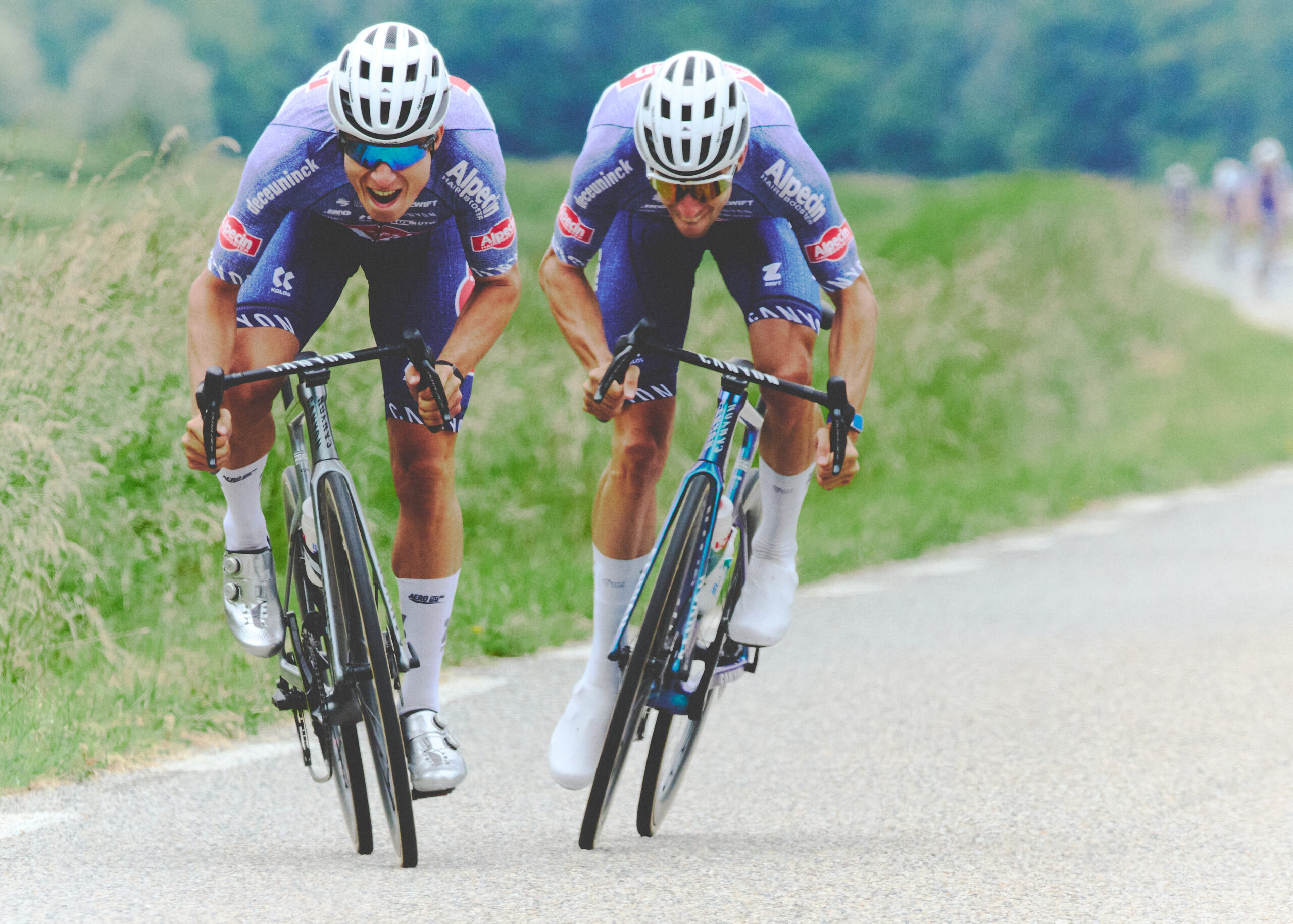
Canyon Aeroad – What’s New?
Canyon was upfront in explaining that “the 3rd generation Aeroad was already high-speed”, and making it faster is a tough order. If you look at the frameset side to side, the 3rd and 4th generation Aeroad silhouettes are very similar. If you look closely, however, you’ll notice slight changes that boost handling, comfort, and aerodynamics. The real story, however, is in the extras and the serviceability of the new design.
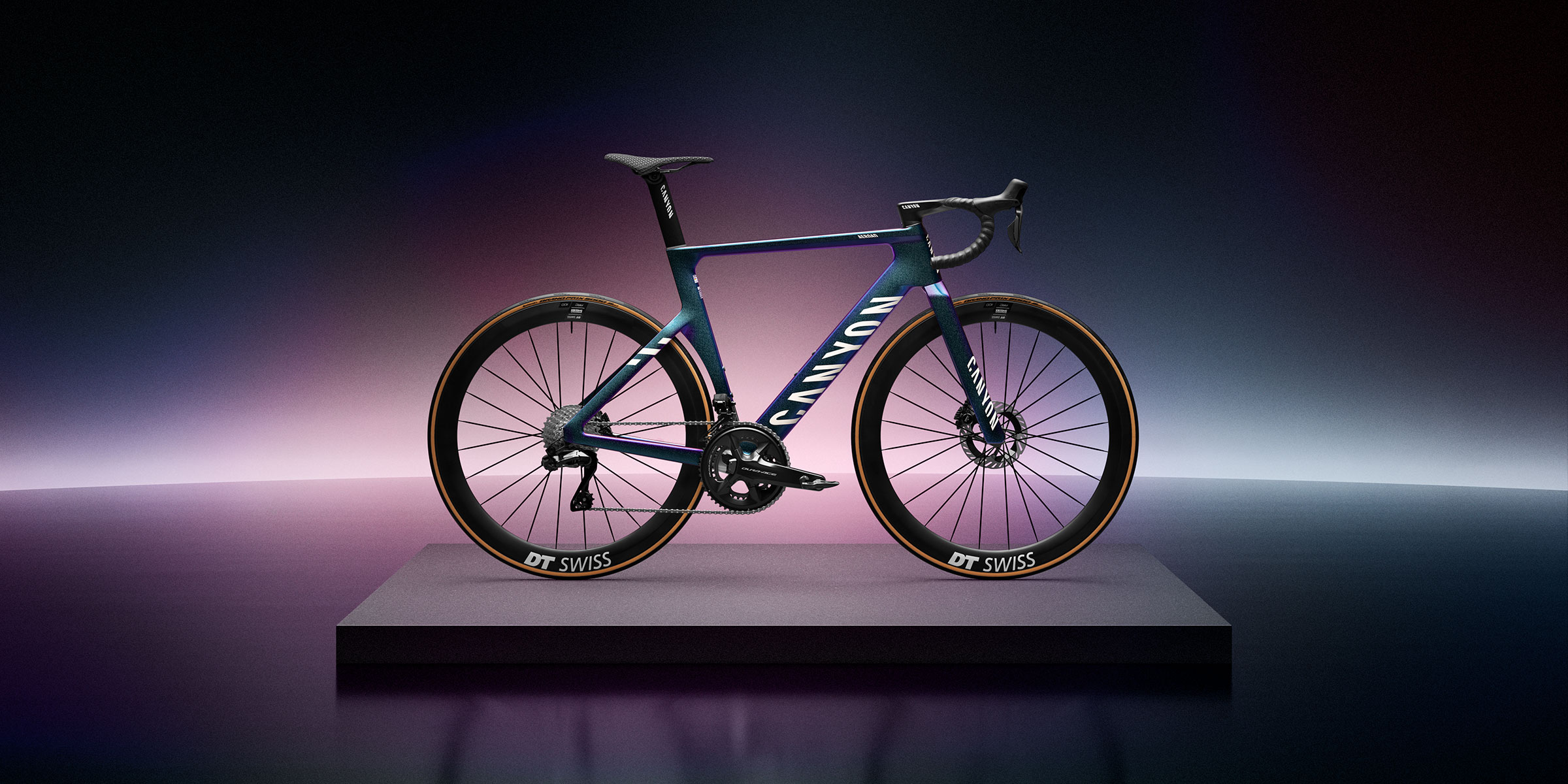
Fastest Bike in the World Tour?
That claim depends on who you ask, but it’s all about who wears the crown, and MVDP makes this bike very fast. But it’s not only the riders who pilot that make the Aeroad a fast machine; it’s the legacy of the design.
Canyon performed testing at the GST Wind Tunnel in South Germany, and the data received places the new Aeroad at the top of the world peloton leaderboard. As with previous generations of the Aeroad, the actual engineering triumph is how the Aeroad can perform in various terrains and courses.
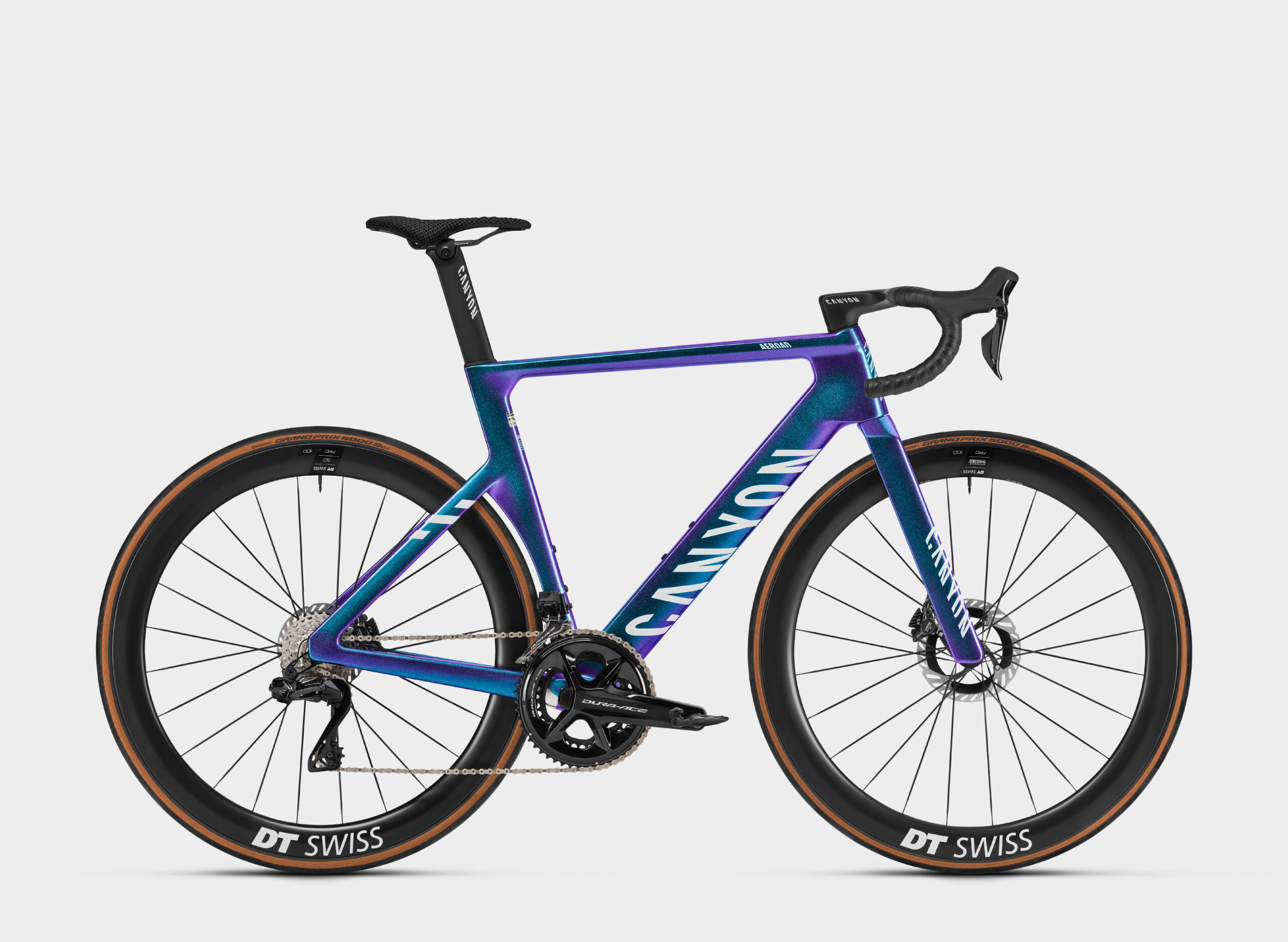
Canyon Aeroad Frame Changes
Those with a keen eye will notice the front of the Aeroad gets a touch longer. This is notable in the headtube, fork, and top tube. The rear of the bike, on the other hand, gets shorter. This shortness is most notable in the seat tube, seat stays, and an easily spotted slimmer seatpost. The bike’s headtube is much narrower, and this slim profile continues until it meets the downtube.
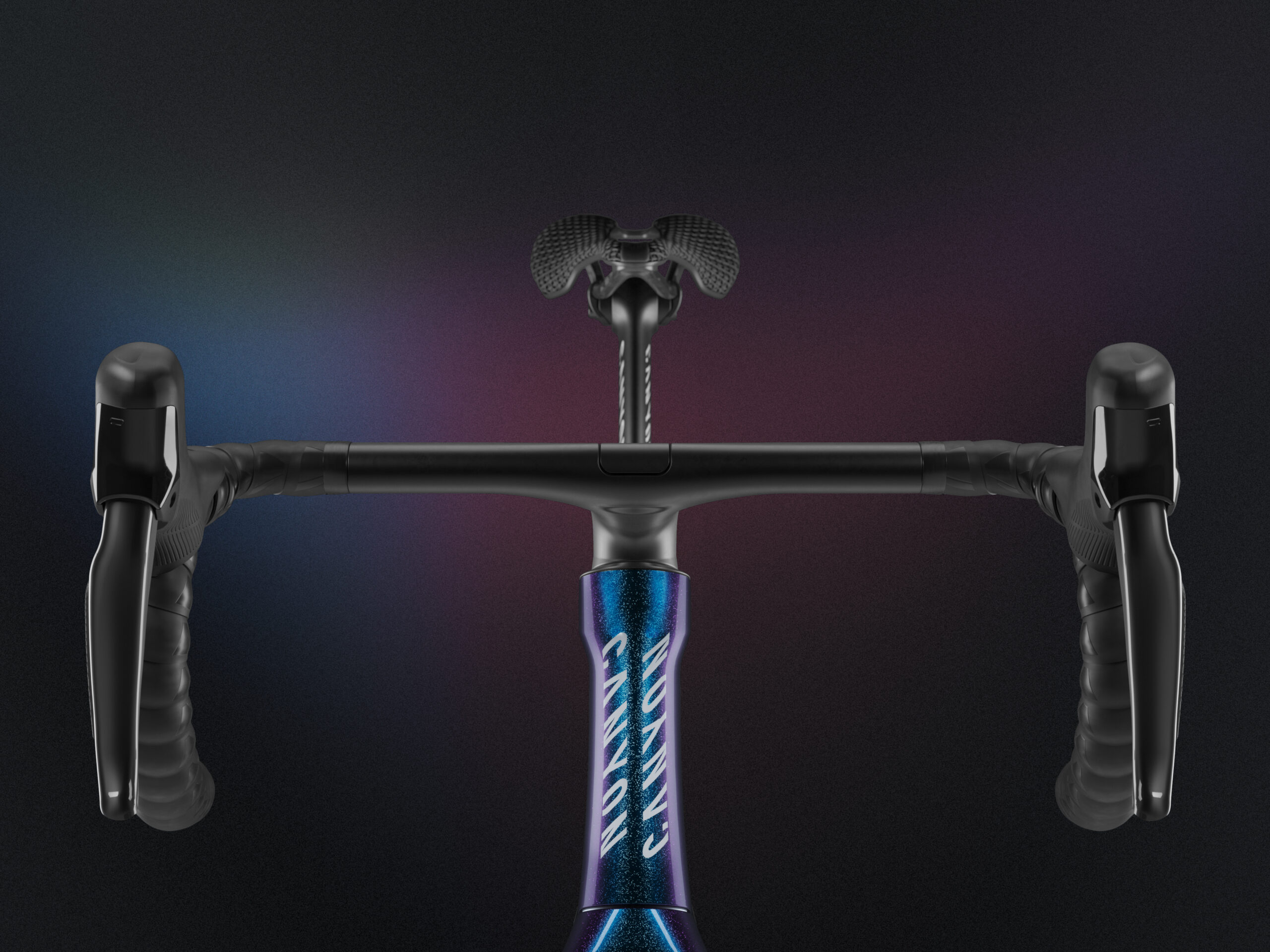
The frame has also been updated with sections reinforced to boost handling responsiveness. Like any race bike in 2024, weight reduction that doesn’t compromise aero performance was also a key focus. Complete builds now tip the scales just a shade over 7 kg out of the box.
When most companies launch a new model, they accompany the news with a “now lighter than ever” tagline.
Canyon’s Aeroad gained some weight (a slight amount, but let’s be serious; this bike is still super light in all builds). This admission of caring less about weight and more about aerodynamics will strike a chord with all but the most die-hard weight weenies.
How much aero advantage are we talking about here? The new Aeroad is 1.6 watts faster than the previous version at zero degrees of yaw angle. It’s not the 15 watts we were all hoping for, but it’s progress on an already fast bike frame. Plus, there’s more…

Did you say 32mm Tires?
Yes, Canyon increased the Aeroad’s tire capability to a 32 mm tire. Making it one of the new race bikes (the Ventum NS1 being another) with enough clearance to race all the races and all the tires. We’re talking Milan-San Remo, the cobbles of Paris-Roubaix, and the pure tarmac of the Tour de France.
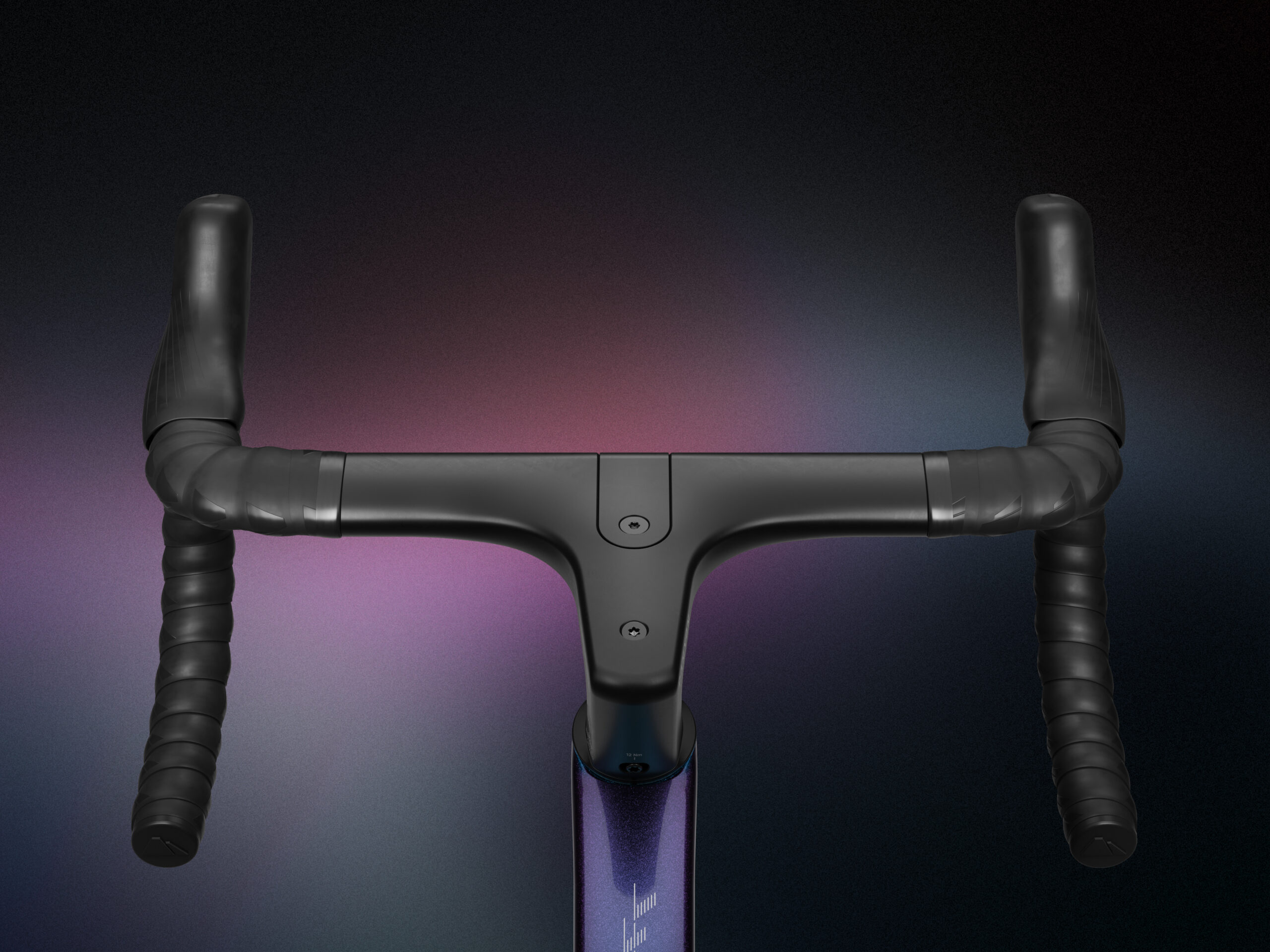
Pace Bar Adjustable Cockpit
The updated Pace Bar cockpit from Canyon gets a massive update with interchangeable drops. This means you can go from a size 40cm to 42cm and change the bar “ends” entirely to a more aero design vs. traditional.
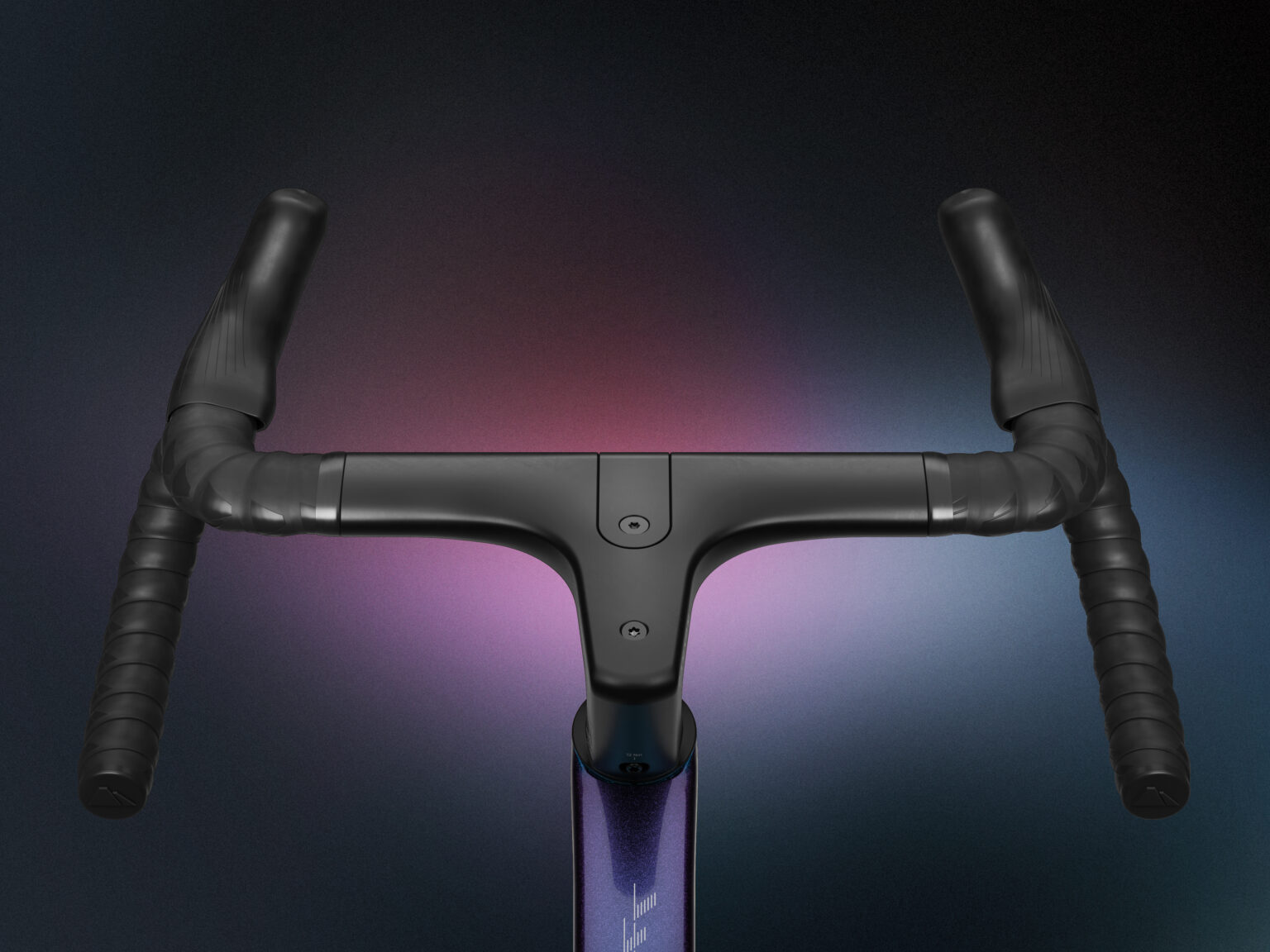
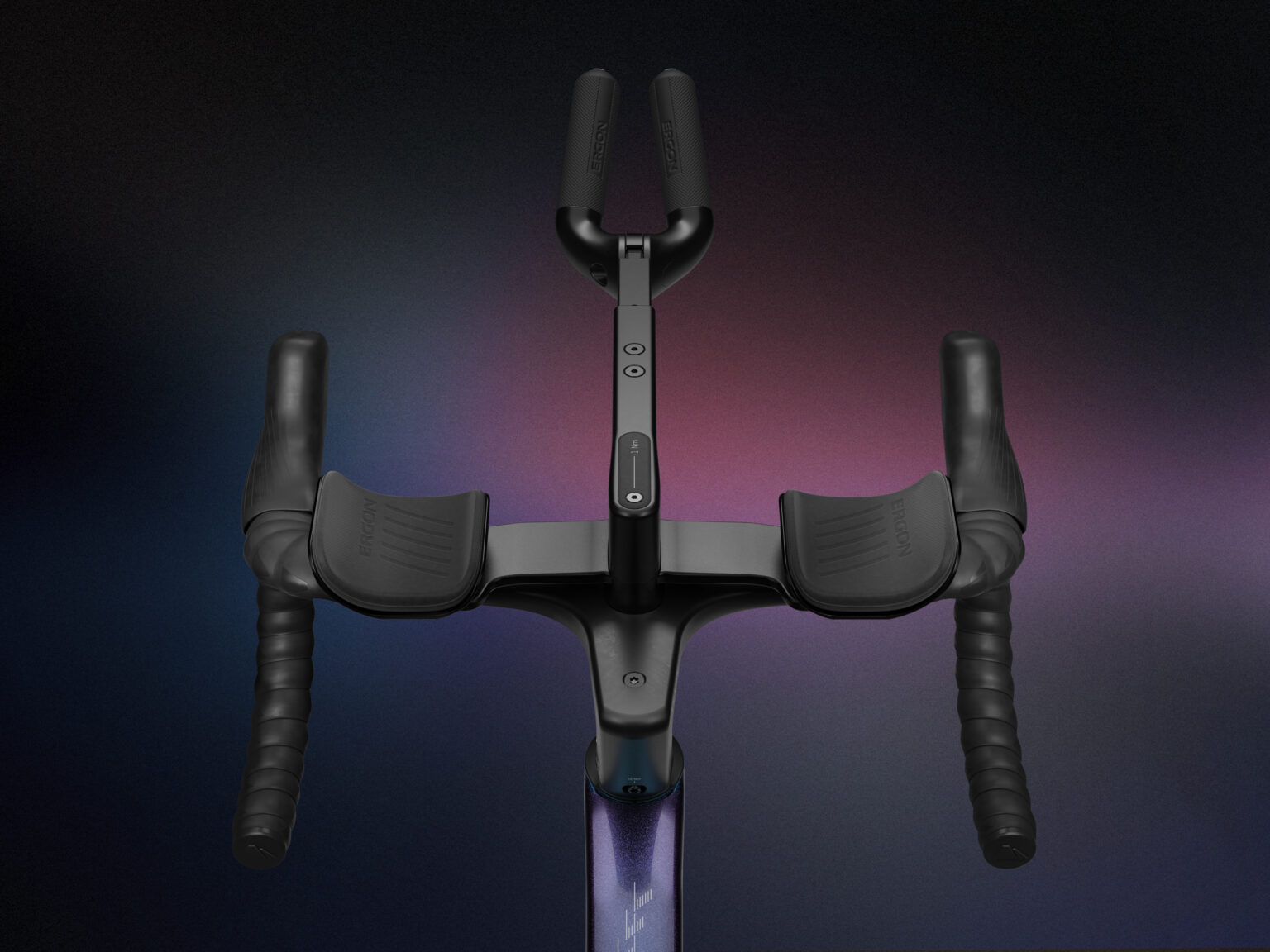
The new design is three pieces and uses a quill-ish stem identical to the Canyon Endurace we rolled months ago. The ‘T bar stem’ is where you attach the bar drops and also serves as your computer mount, similar to the Canyon Grail.
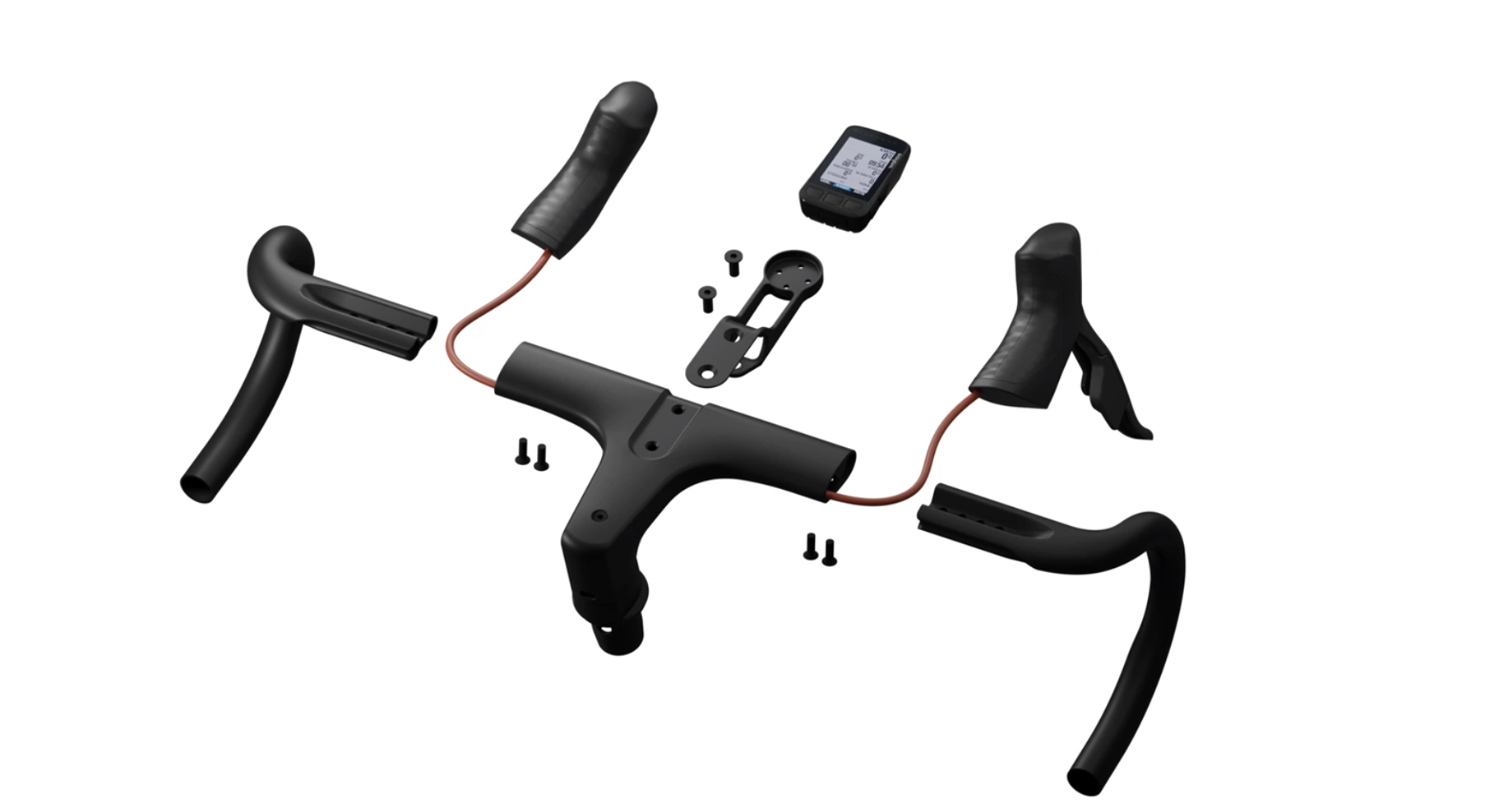
The bikes ship with both bar options, allowing riders to experiment with narrow options down to 37cm and as large as 44cm. The narrowest option is claimed to save 14 watts at 40 kmh. Notably, where the previous design ran the cables internally through the outer drops, this version looks to run them externally, meaning you should be able to swap out the drops and change handlebar size without having to deal with any internal cable routing. We’ll confirm on our sample soon.
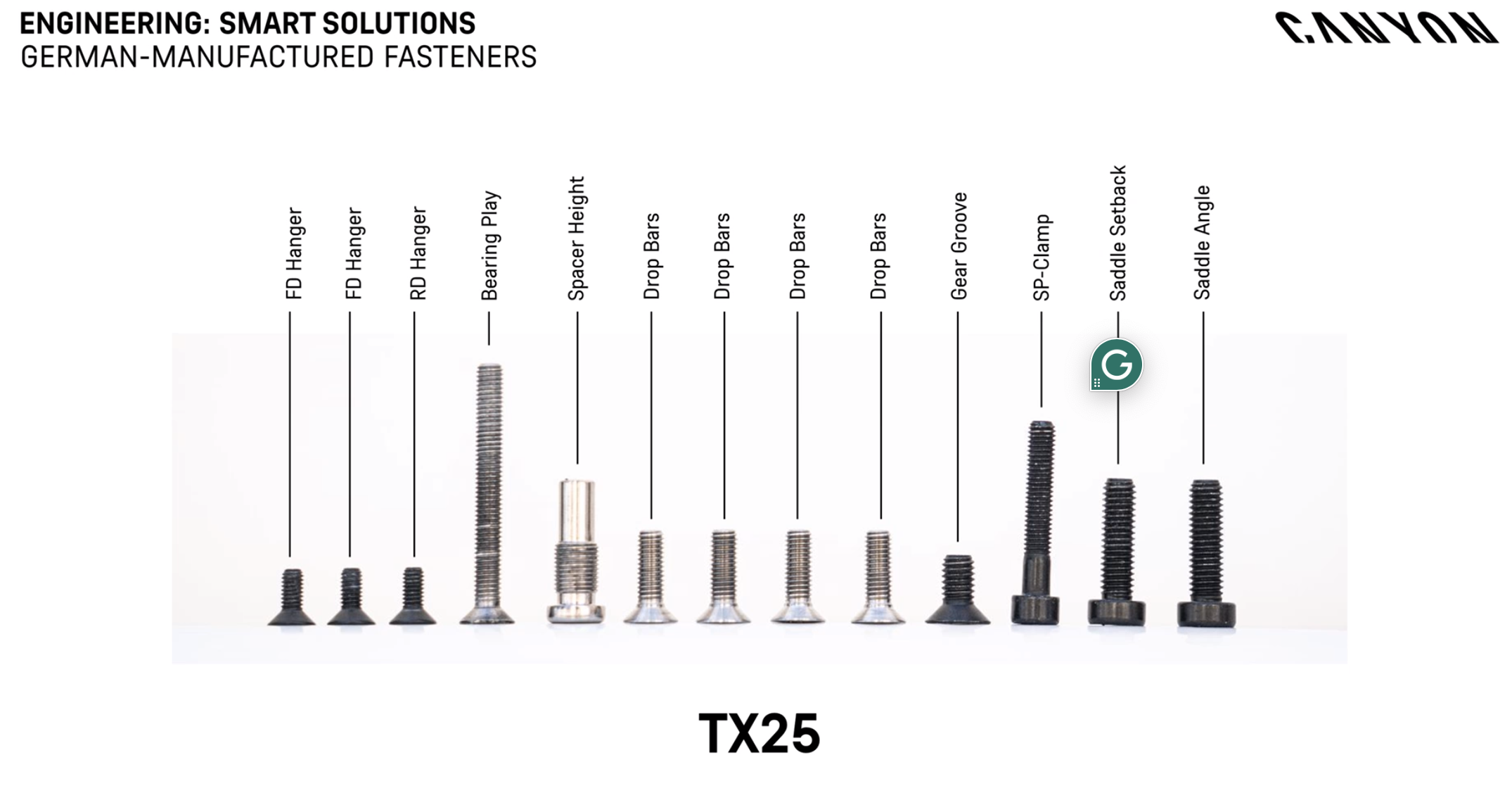
One Fitting to Rule Them All
The new Aeroad has many different parts to adjust. Canyon decided riders should be able to quickly and efficiently service their ride with one tool—a T25. The Shimano/SRAM cranksets and other non-Canyon parts are still their “normal fittings,” but all Canyon bits are T25. Canyon used T25 stainless steel and titanium bolts manufactured in Germany, all built for a specific purpose.
This is a step forward for fewer tools to carry on a ride. My only hesitation is that I’ll miss the bit of side-loading you can do with the ball end of a hex fitting. But so far, so good. I’ve only built our review ride, but all the T25 bolts are straight on and require no extra finishes on the driver’s end.
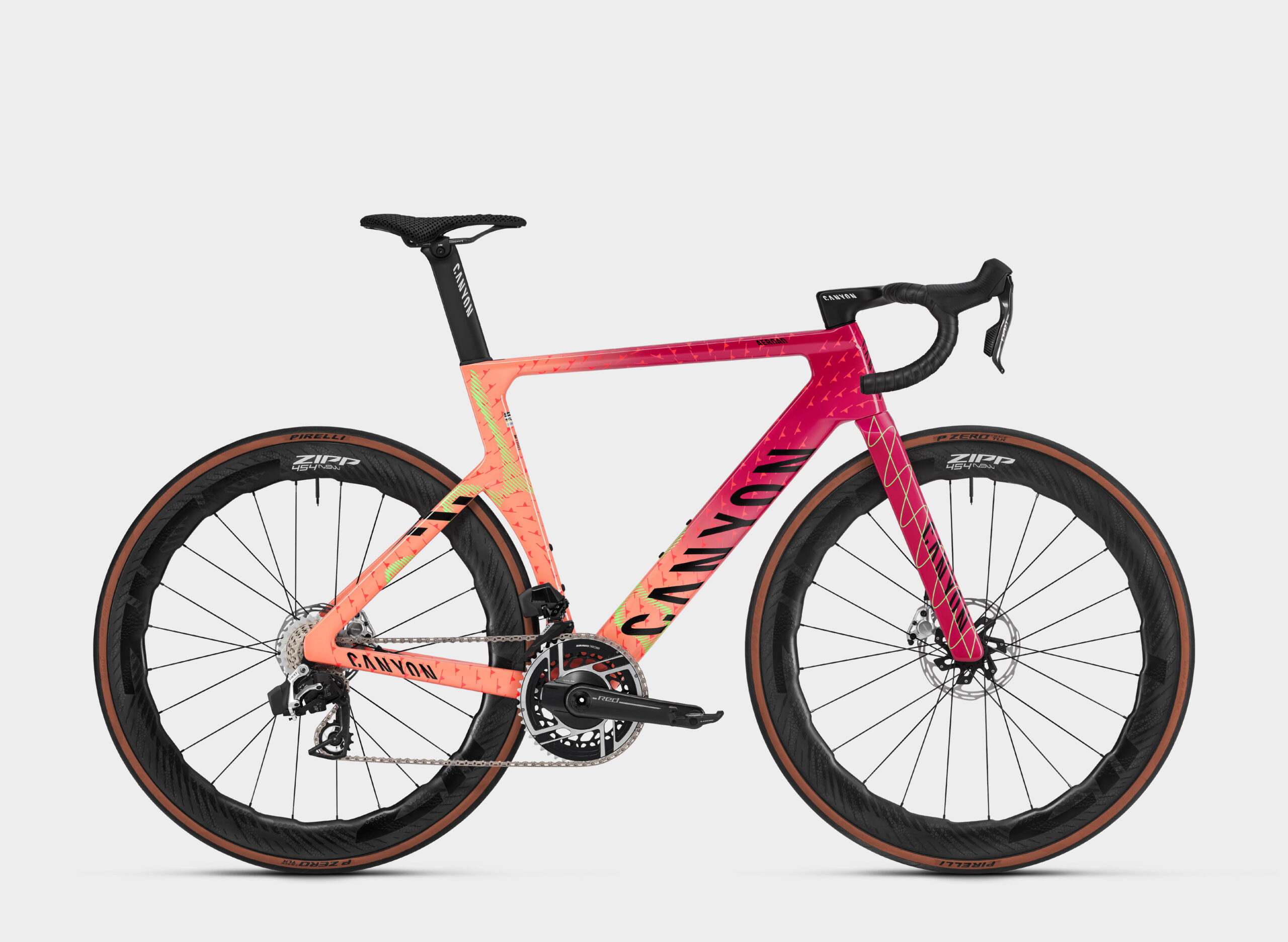
Built For the Road and Life
Bikes need service; for most of us, that doesn’t happen nearly enough. So Canyon took some of the more significant, more annoying service needs out of the picture (for a while, but not forever). The new Aeroroad boasts hermetically sealed premium headset bearings. So, the rider will have more miles with fewer “service intervals” and expensive re-hosing work shelved until the end of the season.
Canyon Aeroad Range
The new Aeroad line-up includes six Shimano Di2 or SRAM AXS models across the Aeroad CFR and Aeroad CF SLX platforms.
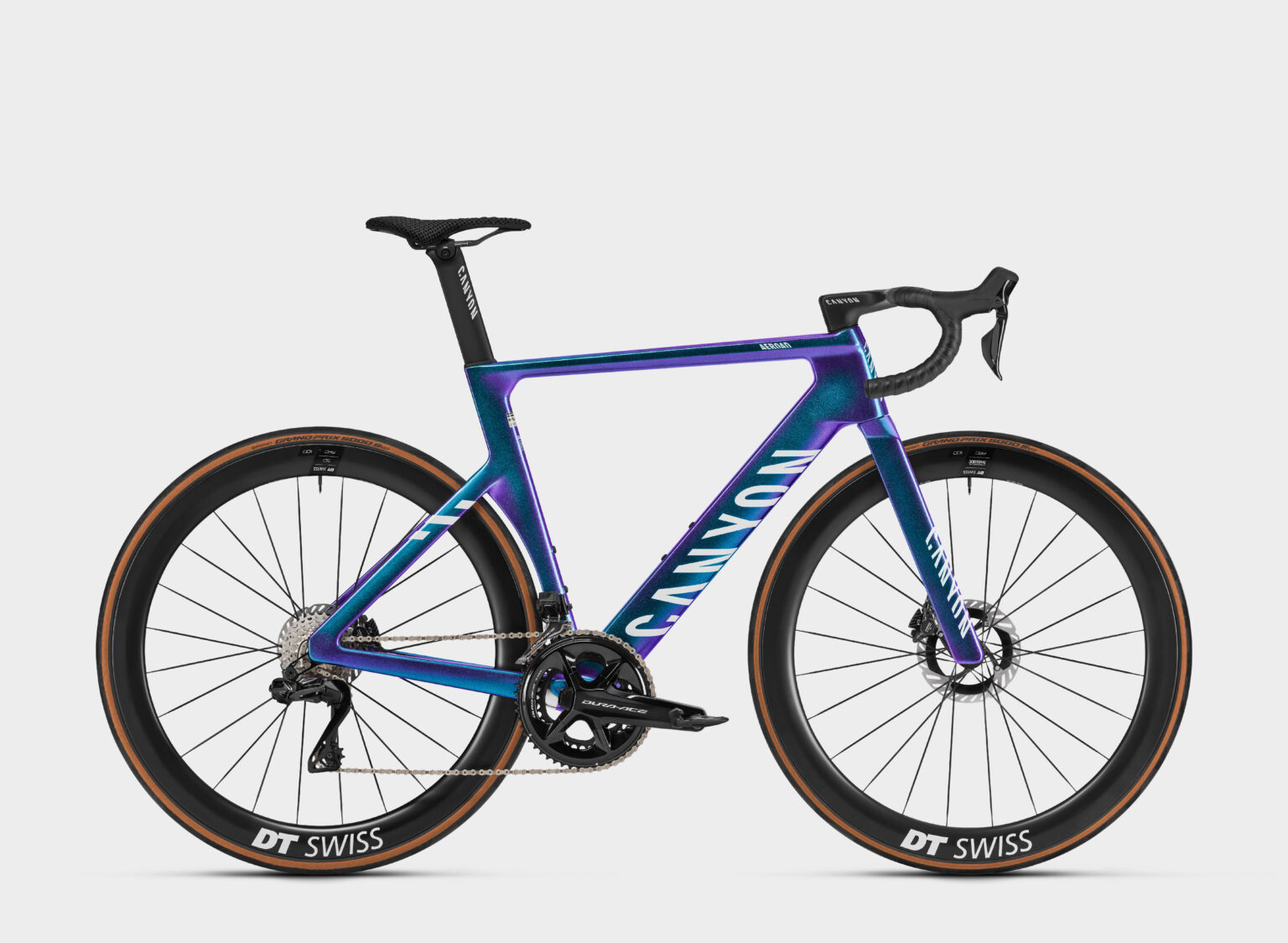
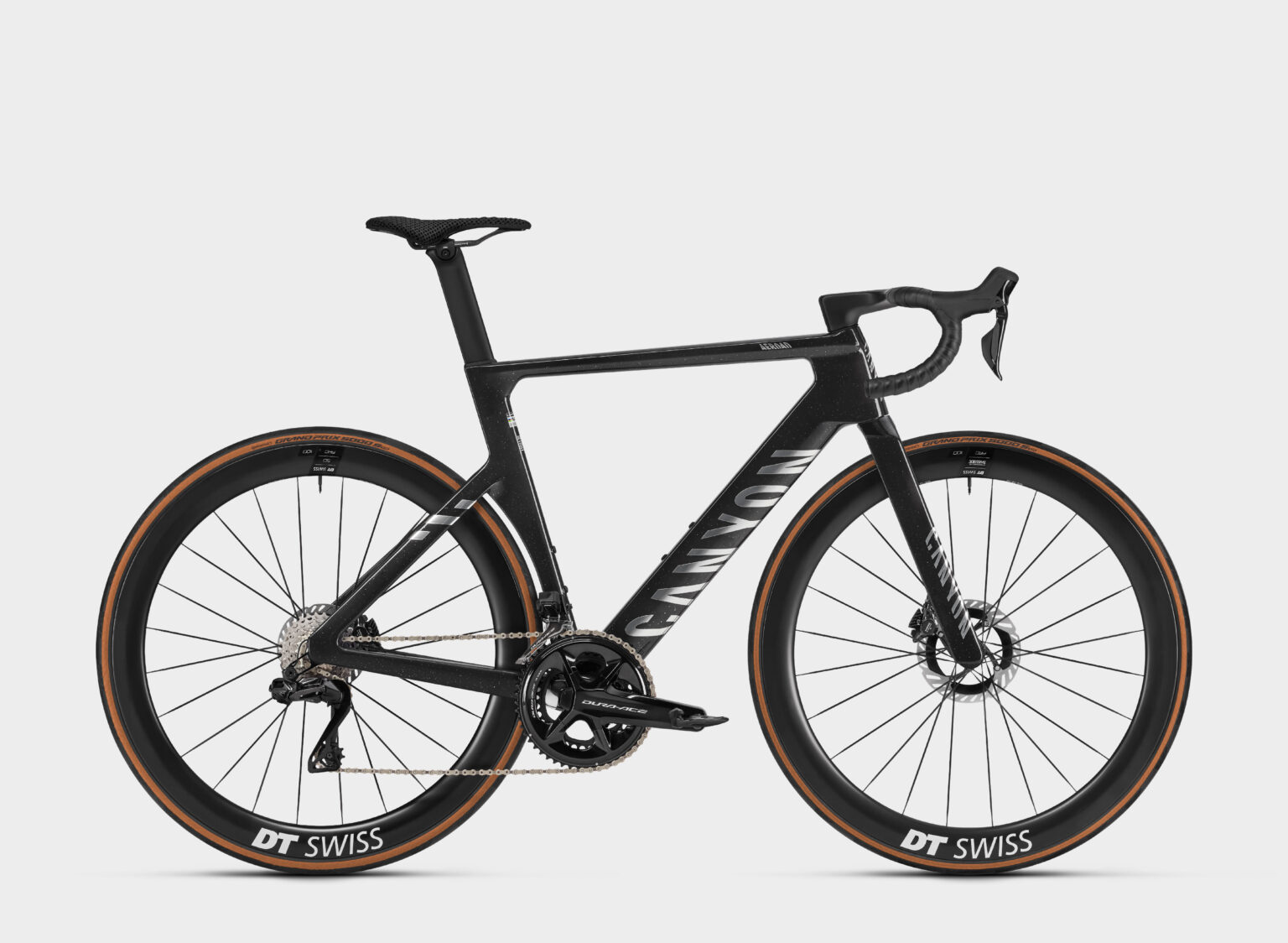
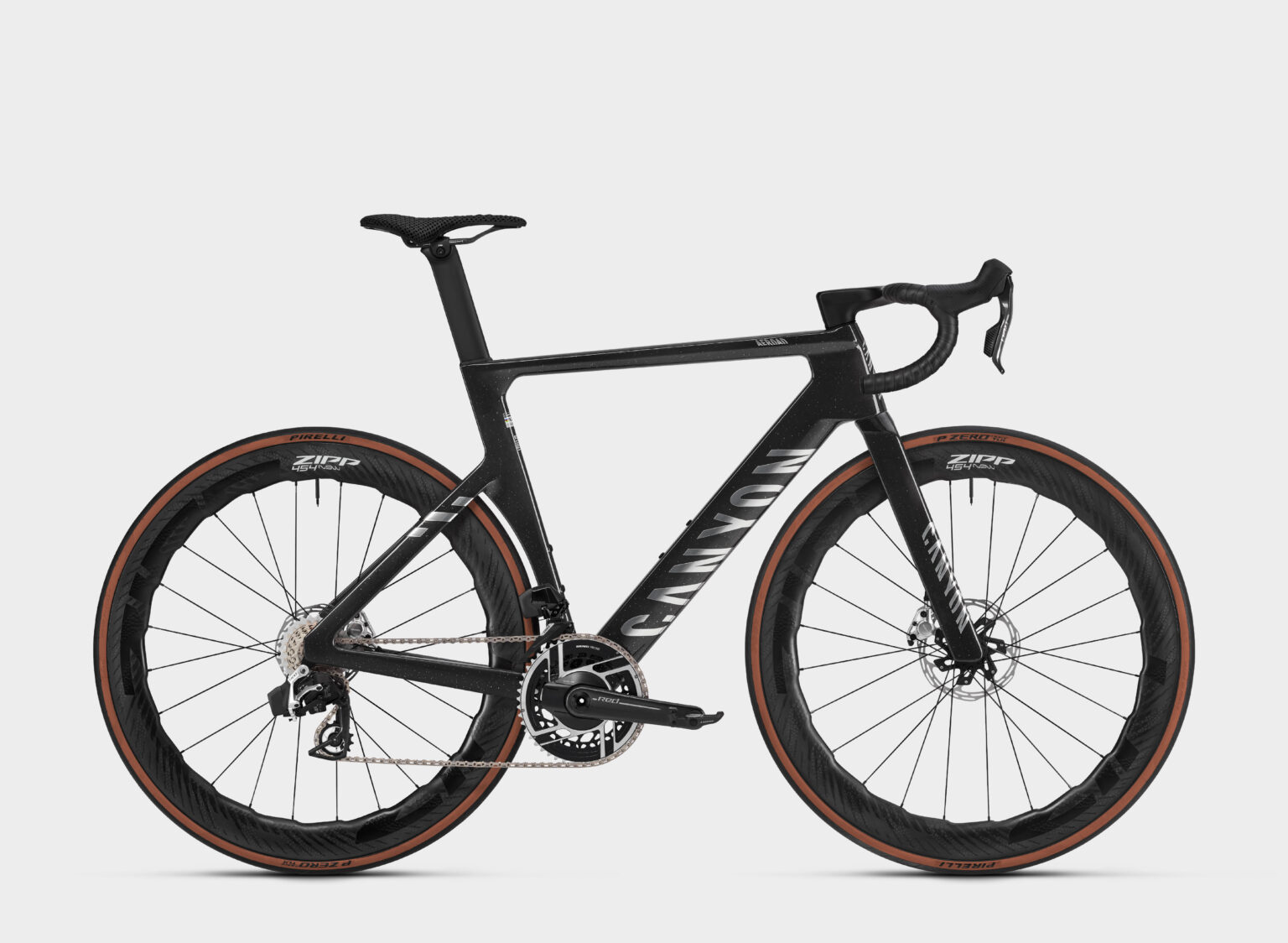
CFR models are built using the finest carbon Canyon can source, resulting in a frameset that delivers lightness, toughness, and stiffness at the World Tour level.
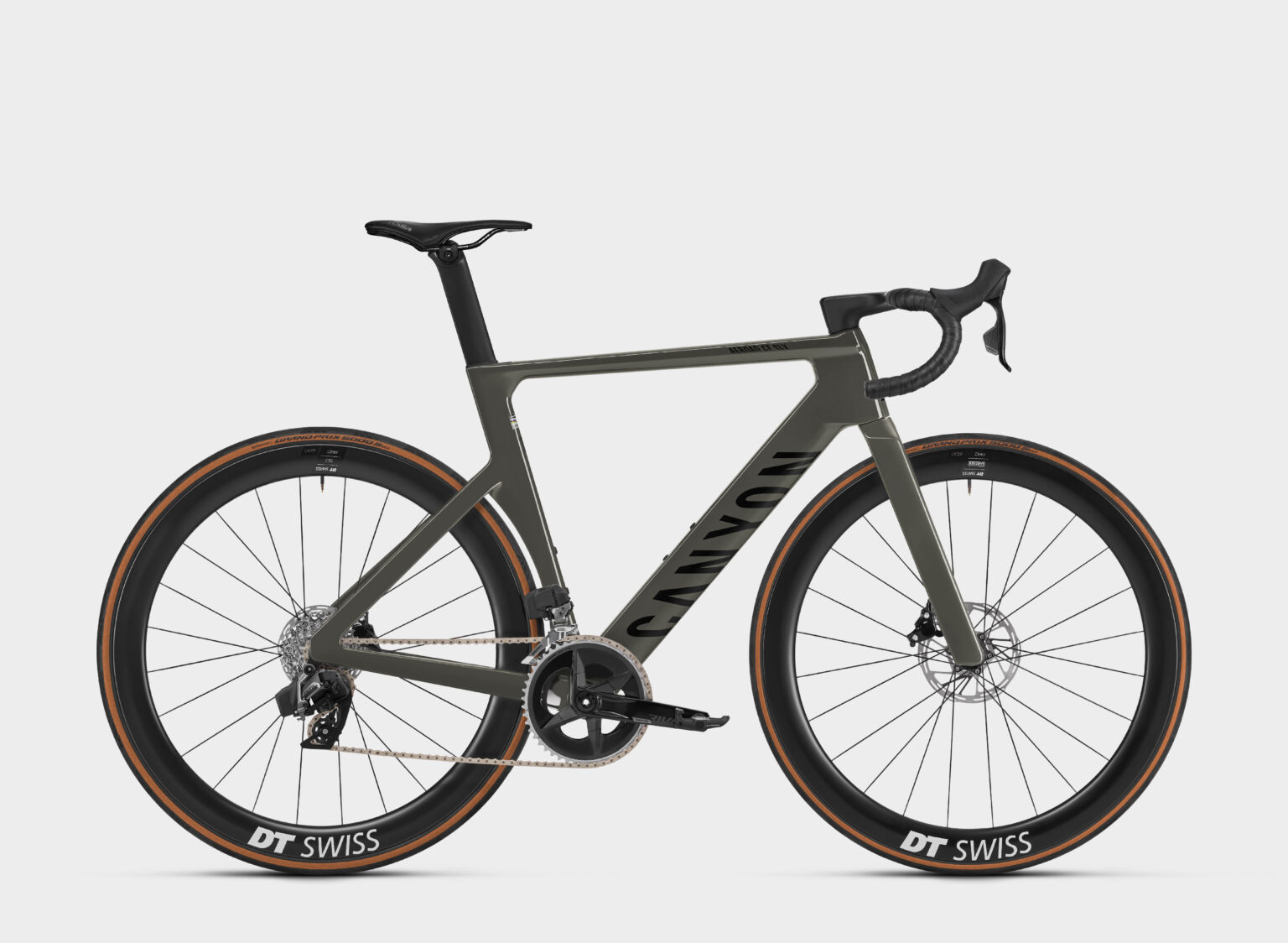
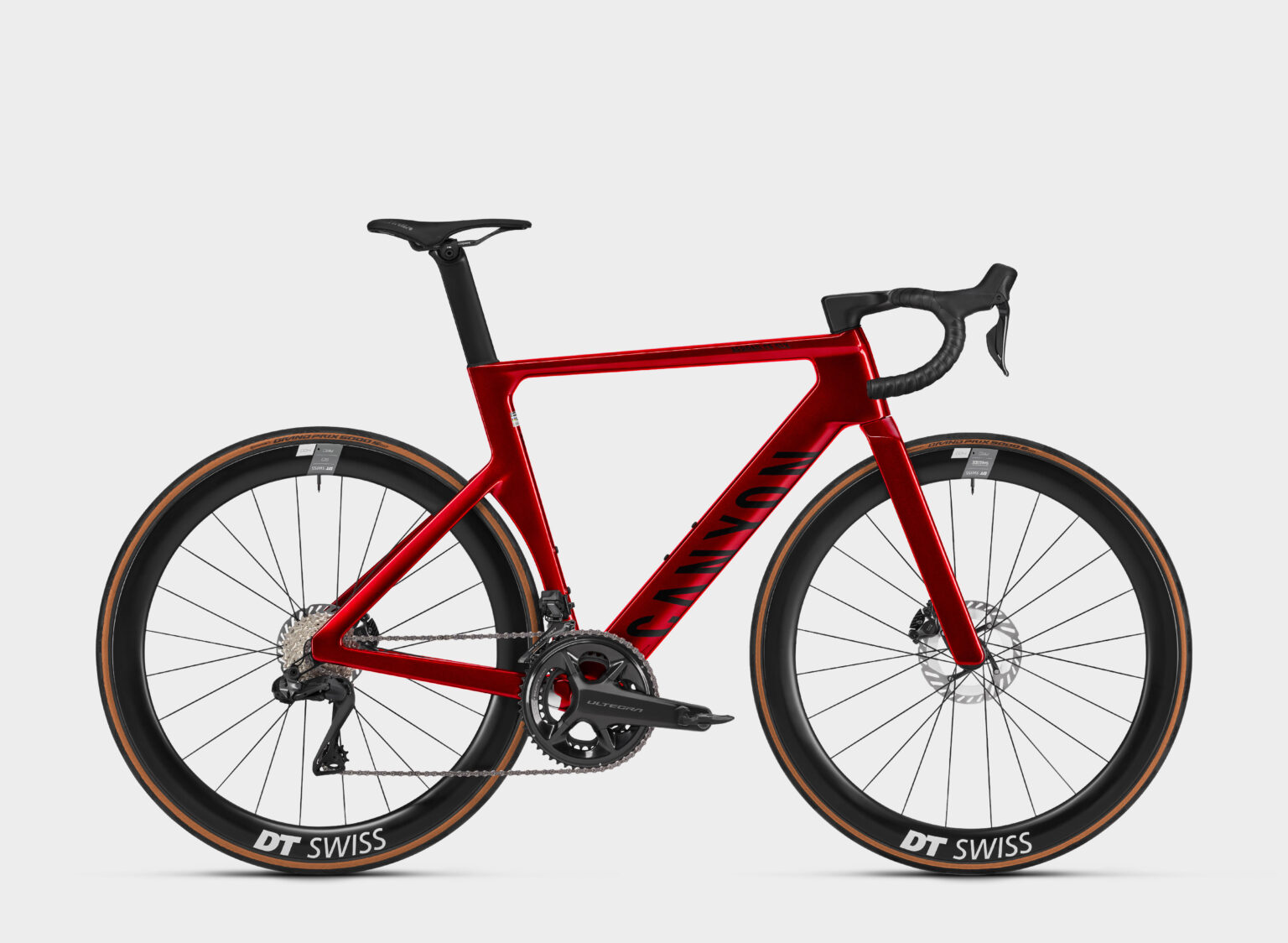
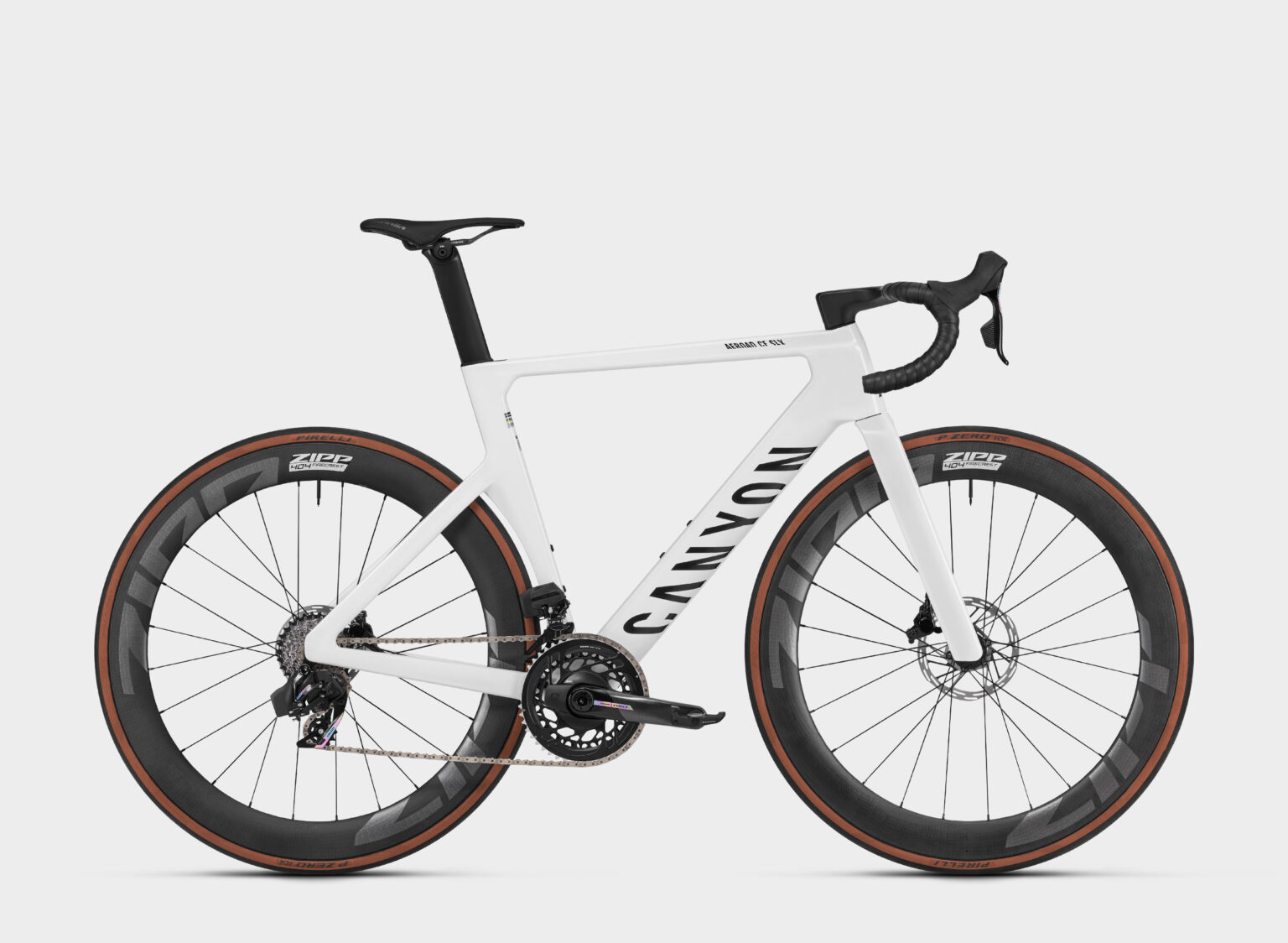
The Aeroad CF SLX carbon layup strikes the optimal balance of lightweight construction and high strength. CF SLX models are available in Di2, or AXS builds with a CF SLX 7 or CF SLX 8 specification.
The Aeroad CF SLX and Aeroad CFR platforms feature full system integration, electronic groupsets, and power meters on all models except the AEROAD CF SLX 7 AXS.
Canyon Aeroad Pricing
- Aeroad CF SLX 7 DI2: $5,599
- Aeroad CF SLX 7 AXS: $5,599
- Aeroad CF SLX 8 DI2: $6,599
- Aeroad CF SLX 8 AXS: $6,999
- Aeroad CFR DI2: $9,999
- Aeroad CFR AXS: $10,499
The all-new, 4th generation Aeroad is available exclusively at Canyon.com or via the Canyon app.
Look for a full review coming shortly.
